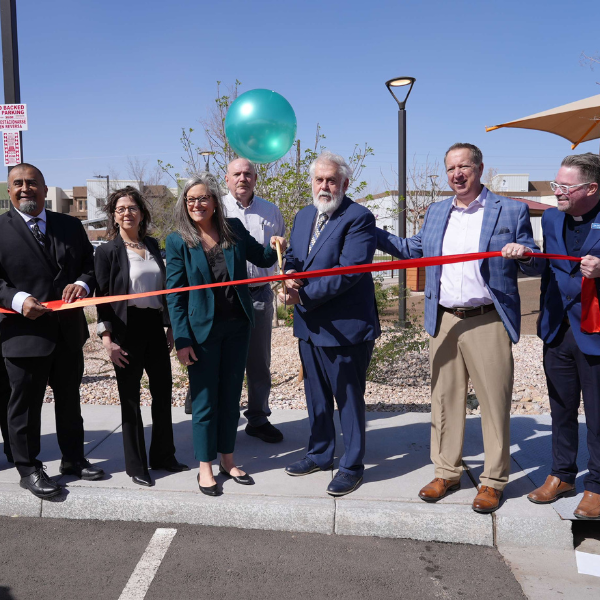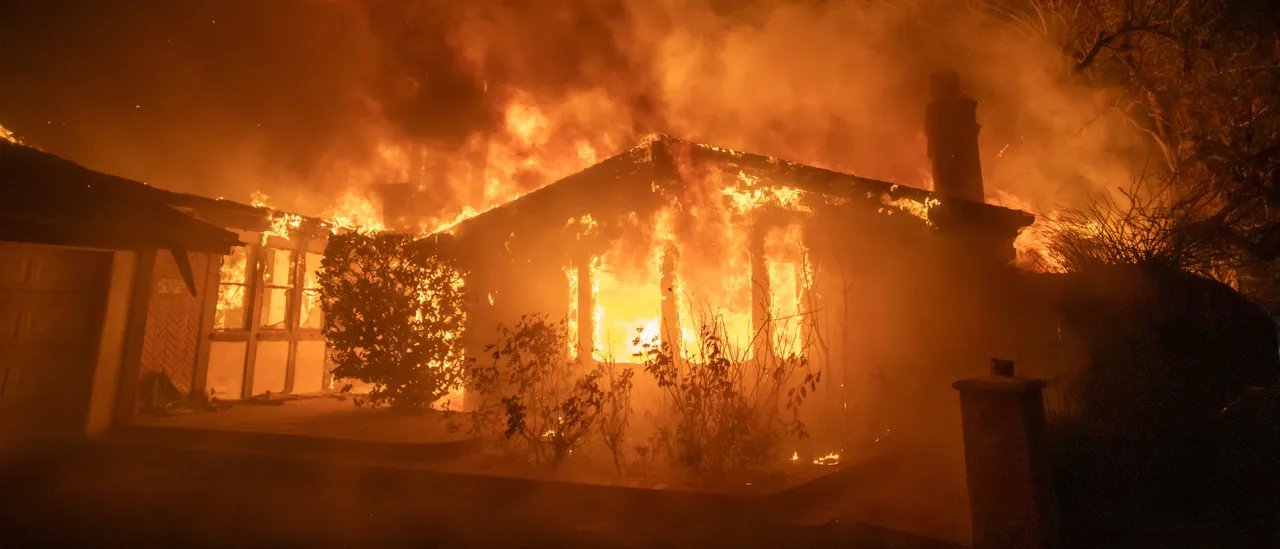The forests in the western United States are, in a way, designed for fire. For the roughly one-third of the U.S. population residing in high wildfire risk areas, continuing to eliminate these fire-adapted ecosystems often leads to even bigger and more difficult-to-control wildfires. Yet, with the right preparations, lightning-sparked wildfires can actually enhance safety in communities, aligning with nature’s design.
“If there’s fuel buildup, eventually there’s going to be a fire. It’s a debt we owe,” observed Danny Wayley, a fire manager for the U.S. Department of Agriculture’s Forest Service, originally from Gila County, Arizona. “If we don’t handle it this year, we’ll just be planning for next year.” This perspective speaks to a broader issue within the western U.S., where past federal policies aimed at extinguishing all flames have led to increasingly dense forests that now fuel larger wildfires.
Many of the nearly 99 million people living near these overgrown areas are slowly starting to accept this paradox of wildfires. In Gila County, the stunning views of desert landscapes and mountain forests come with a high wildfire risk, making residents all too aware of the stakes following devastating blazes.
“We’re trying to go further than just the basics,” said a representative from the Pine Strawberry Fire District, who has spent two decades safeguarding his community. “It’s much cheaper and easier to prevent wildfires than to react to them. If we can address the issue beforehand, it creates a safer environment for everyone involved.”
The Gila County community has been proactive, creating thin vegetation buffers and clearing brush through collaborations with local fire departments, nonprofits, and other agencies. The Forest Service even maintains a three-foot-wide strip around the community every few years, fighting back the relentless encroachment of forest growth.
However, Wayley emphasizes that these measures, while helpful, may not be enough. Much of the forest remains steep or hard to access, making mechanical solutions like logging financially unviable.
Making Nature Work for Us
Later this summer, when lightning ignited two wildfires in the area, Gila County firefighters were ready. After years of groundwork, they recognized a chance to turn this natural ignition into a forest management technique.
The decision-making process carried its risks. Fire management always walks a tightrope between risk and reward. Public tolerance for risk is often fragile, and when the unpredictable elements of nature factor in, property can be jeopardized, and lives put at risk.
For years, the Forest Service has been criticized for their decision-making in fire management, with discussions about the need to allow natural fires to play a role. Nevertheless, after assessing weather patterns and analyzing risks, Wayley and his team proposed a strategy which was approved by higher-ups. Both wildfires were managed with a careful plan, focusing on achieving management goals while keeping flames from moving beyond established boundaries.
Hundreds of firefighters were mobilized to carefully manage the situation, ensuring the fires burned at appropriate intensities while protecting homes. Helicopters and drones assisted by monitoring flare-ups and allowing patches of brush to be controlled. As smoke lingered in the community, some recreational activities in Tonto National Forest had to be temporarily called off.
“It’s inconvenient now,” commented Elsus Stephenson, the director of a local nonprofit focused on fire mitigation. “But the long-term benefits for our community outweigh any short-term annoyances.”
A Confident Community at the Edge
As the fire raged, local residents felt a mixture of anxiety and a peculiar sense of calm. Evelyn Beck, a real estate agent with over 40 years of experience in Gila County, had firsthand experience with evacuations during a wildfire in 2021.
Like many neighbors, Beck made her property more fire-resistant by modifying landscaping and clearing flammable materials. She understands the counterintuitive notion that generating more fires can actually lessen wildfire risks, a concept challenging for some to accept.
“It’s not that I’m stressed; I trust the system. They’ll handle it,” she said. “But yes, vigilance is key. The winds can always change unexpectedly.”
As firefighters worked diligently, Beck monitored their efforts from home. Her faith in the established system reflects the mindset of the community.
Living with Fire
The decision to accept fire as a beneficial management tool proved wise. Homes were spared, though residents were evacuated, and over 18,000 acres of dense vegetation were cleared, reducing the risk of a far more catastrophic wildfire in the future.
This scenario exemplifies what the Forest Service envisions for other communities facing similar threats, as part of its “wildfire crisis strategy.” The agency has invested billions and has already treated nearly 1.7 million acres in the western U.S., making strides in reducing wildfire peril for about 550 communities and impacting thousands of miles of power lines and water basins. Still, there’s a long way to go, with more than a third of the U.S. population living in high-risk regions.
For Gila County, this experience illustrates how diligence and community collaboration can turn potential crises into manageable opportunities.
Forest Service firefighters acknowledge that integrating fire as a management tool is essential for enhancing community resilience against wildfire crises.
Reflecting on future steps, Wayley concluded, “There’s no way to eliminate fire completely. It’s either an uncontrolled wildfire that runs amok or a strategic approach where we learn to coexist with it.”
“Fire isn’t the enemy. Instead, it’s a natural force that can help us manage our environment,” he asserted.
Success in Gila County serves as a model for other high-risk areas. Firefighters there have strategically addressed fire risks through preparation, experience, and a solid partnership with the community and the Forest Service, showing that wildfires can shift from being viewed as adversaries to being recognized as vital ecological components.







